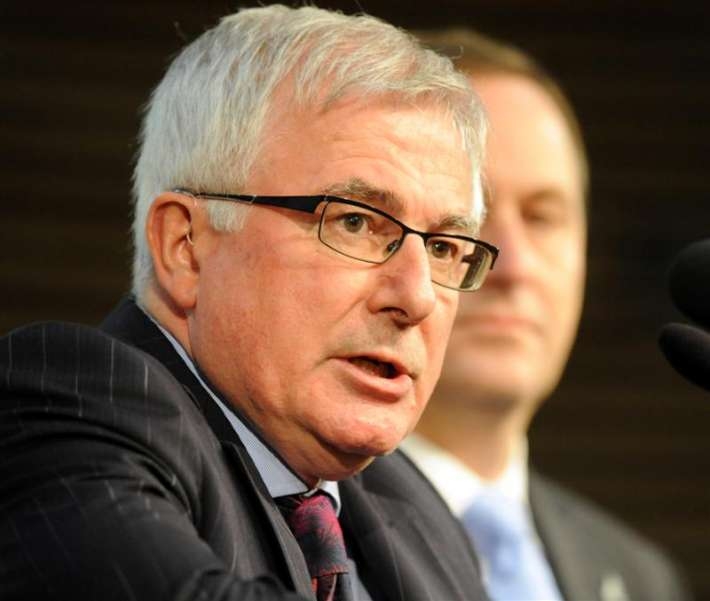
NZ's trade arrangements with China have seen agricultural export volumes expand rapidly in the last few years. Now we are targeting a similarily populous country India, to reduce trade barriers and expand our exports to that country.
Wool, dairy and horticulture seem to be the biggest potential winners out of these negotiations. Fonterra has already made moves to invest in India, and that will help break down the barriers that prevent free trade.
Lower tarriff barriers for wool used in their carpet making industry would give that industry a huge boost and ensure that the present demand for the product would continue.
Two-way trade between India and NZ, currently worth $1 billion a year, could reach $3 billion annually by 2014 with concerted effort from both countries and reduced trade barriers, the two trade ministers have agreed reports Scoop. In a communiqué at the end of a visit to Auckland and Wellington by the Indian Minister of Commerce and Industry, Anand Sharma, and hosted by Trade Minister Tim Groser, the two countries committed to an eight-to-10 month timetable for establishing a bilateral free trade agreement.
With India emerging as an area of strategic focus for NZ trade policy, the joint statement makes clear that India seeks opportunities in the services sector, while wanting NZ expertise in agriculture. NZ wants India to lower tariff barriers that add costs to export items like wool for carpet-making.The bulk of NZ’s exports to India today are coking coal, used in steel-making, and timber. However, there was potential for increased agricultural exports, including dairy, and horticulture, which tend not to compete with Indian industries.
“Wool from New Zealand goes into carpet-making and hence boosts Indian exports,” said Groser. India needed to liberate trade access to free up investment opportunities, with an aim of concluding a new free trade agreement within eight-to-10 months. “The FTA will be our single most important bilateral platform for increasing trade,” Groser said.
For its part, India believed it had much to offer New Zealand in terms of low-cost generic pharmaceuticals from its world-class manufacturing facilities, with Sharma saying “India’s high quality health sector could help countries like New Zealand to bring down their public health costs.” Financial services, education and tourism were also identified as areas of potential mutual benefit.




We welcome your comments below. If you are not already registered, please register to comment.
Remember we welcome robust, respectful and insightful debate. We don't welcome abusive or defamatory comments and will de-register those repeatedly making such comments. Our current comment policy is here.